

There are very few instances where it’s perfectly acceptable to fall asleep in the middle of playing a videogame. 24 hour marathons come to mind, as does forced prison torture. Though you may not see it, the commonality between those two examples is that the player has a greater goal in mind (making it to the finish and not getting swatted, respectively). Now, imagine you are playing a strikingly mediocre hack-and-slash RPG like Dungeon Siege III and the greater goal is simply personal enjoyment. We’re man enough to admit that it was a struggle to get past hour seven. But don’t be a hero; if you need a nap, take it. Dungeon Siege III – a game with alarmingly few dungeons to actually siege – may do that to you.
To be fair, you may get some enjoyment out of the Obsidian-developed sorta-RPG, but that’s if you like games with identity crises. At its roots a Diablo clone with its loot gathering and malleable character builds, Dungeon Siege III was a PC game obviously developed with a console crowd in mind. There’s nothing wrong with this if done right, but certain design decisions ultimately make the game feel half-cocked and bland. So, the core of the game is Diablo, but for an audience that focus testing must have spawned, it is Diablo that made coitus with Fable with a dash of Mass Effect (and yes, that is a mixed metaphor), and not enough of the best bits of any are present. Dungeon Siege III, then, is an all-too linear hack-and-slash RPG marred with strange omissions of standard features and boring, repetitious combat. Oh, and online co-op, but we’ll get to that.
Like the previous entries in the series, DS3 is set in the fantasy land of Ehb where your character – one of four pre-set classes – is a descendant of the Tenth Legion, which is basically the equivalent of Jedi. As it turns out, thirty-odd years before the game takes place, the Legion is stepped on by military commander Jeyne Kassynder and thought extinct. You are a descendant of some of the old guard of the Legion and are charged with rebuilding your ranks while laying down some fantasy RPG payback to Kassynder and her minions. Over the course of the game – which is as close to a straight line as any this side of another Square Enix-published game – you meet and recruit the other three characters not chosen at the beginning, take in a series of side jobs to build your abilities, and interact with various NPCs through a series of very BioWare-esque dialogue trees.
Everything mentioned in the above paragraph winds up being some of the best parts of the game, if a bit underdeveloped. While the characters themselves are fairly typical as far as this setting goes, the game makes a unique decision on giving each of them two different fighting stances each: one for crowd control and a one-on-one option. Anjali, for example, uses her spear for wide swipes that can hit a mob within a reasonably sized cone in front of her, but when it’s just her and a boss, the click of a button will change her into an elemental being that tosses small fireballs at the singled-out adversary. Much of the pleasure comes from timing the swapping of fighting styles to deliver the maximum amount of damage possible. Each stance can unlock three skills apiece, along with three defensive abilities for healing or attack/defense buffs. You can spend points to augment these abilities, as well as spent other points to strengthen passive skills like max attack muscle or faster healing.
The problem here is that nine total abilities across the game is limiting. By the time all of them are unlocked near the end, the experimental phase is over and you’ve found what works. More abilities given at regular intervals may have alleviated this, and even though you can spend points to grow the abilities in slightly different ways and even evolve them with copious use, they’re still the same special moves over and over again that you’re stuck with, and many of them from the beginning of the game. This can make combat get tiresome quickly. This is where the PC game with a console in mind becomes blatantly obvious. On a console your normal attack is mapped to the A or X button, with the abilities covering the leftover three face buttons. Normally, games like Torchlight, which had a more successful port to console, will give you more options for special attacks and let you choose which to assign to your controller buttons. But nine is all you get with Dungeon Siege III, and you feel it with every underwhelming button press.
The game is also stiflingly linear. The minimap shows the narrow paths leading to most objectives with little variation, and hitting up on the d-pad will give you a Fable-like golden trail to follow, saving you the need to do any exploration yourself. The vast majority of the game takes place in overworld settings like forests and mountain roads that don’t exactly make the eyes pop. The actual dungeons in the game, which are, again, all too seldom, are the few places that make the game shine. Though not exactly original or brain-taxingly complex, settings like haunted mansions and overrun foundries are a welcome change of pace from fighting yet another group of thugs on your way to the next town.

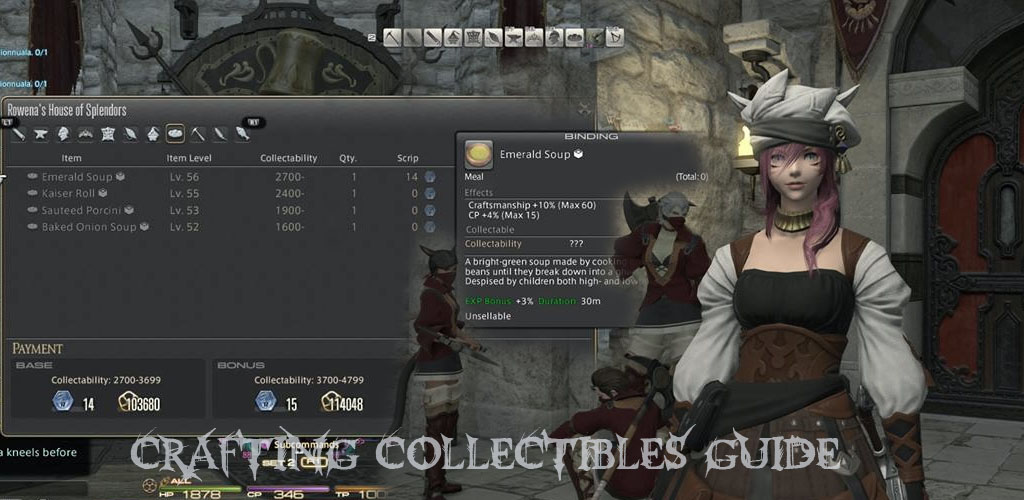

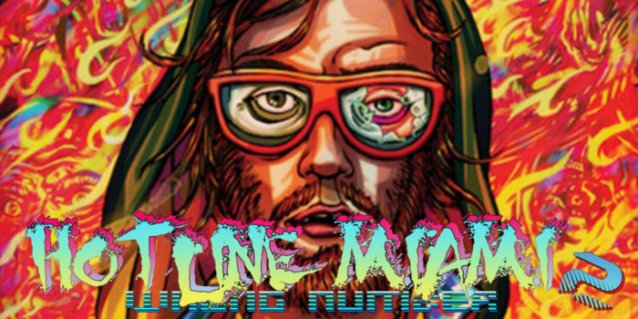
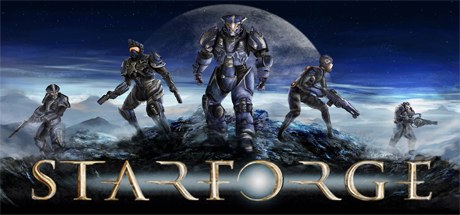 How to Fix Star Forge Crash issue, Steam Unavailable Error, Freeze issues, FPS issue etc
How to Fix Star Forge Crash issue, Steam Unavailable Error, Freeze issues, FPS issue etc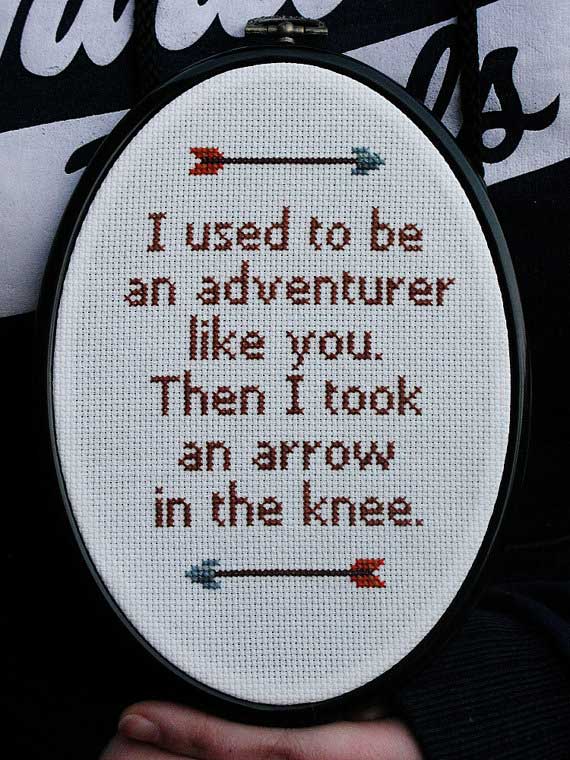 Shut Up and Take My Money: Top 25 Skyrim-Themed Crafts
Shut Up and Take My Money: Top 25 Skyrim-Themed Crafts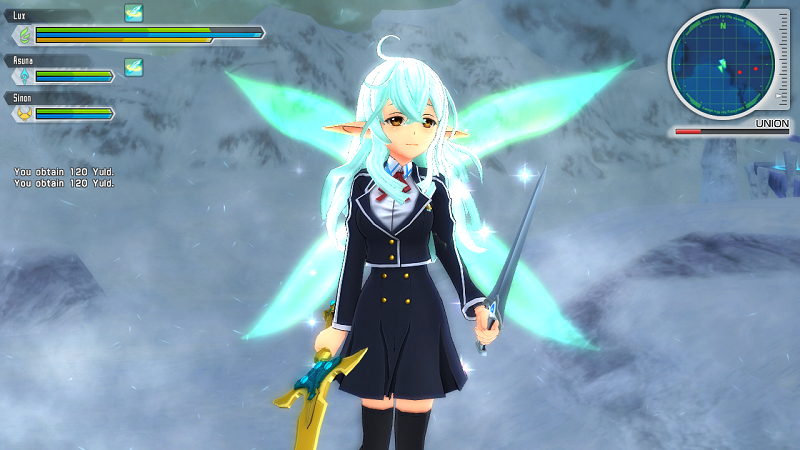 Sword Art Online: Lost Song - How to Get Lux
Sword Art Online: Lost Song - How to Get Lux Who Is The Biggest Security Threat? Turns Out, It's You
Who Is The Biggest Security Threat? Turns Out, It's You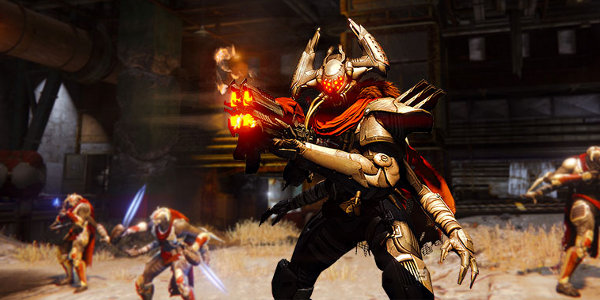 Destiny: House of Wolves Wanted Bounty Location Guide (May 26 Week): Wolf Scavenger, Queenbreaker and Ether Runner
Destiny: House of Wolves Wanted Bounty Location Guide (May 26 Week): Wolf Scavenger, Queenbreaker and Ether Runner